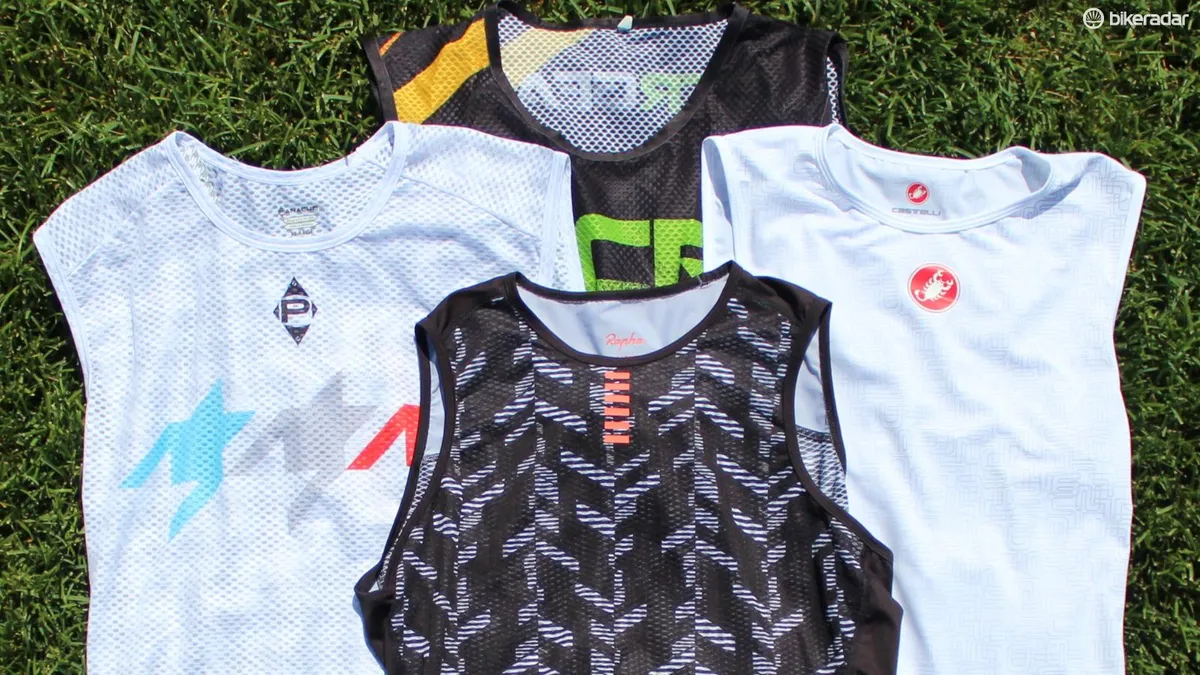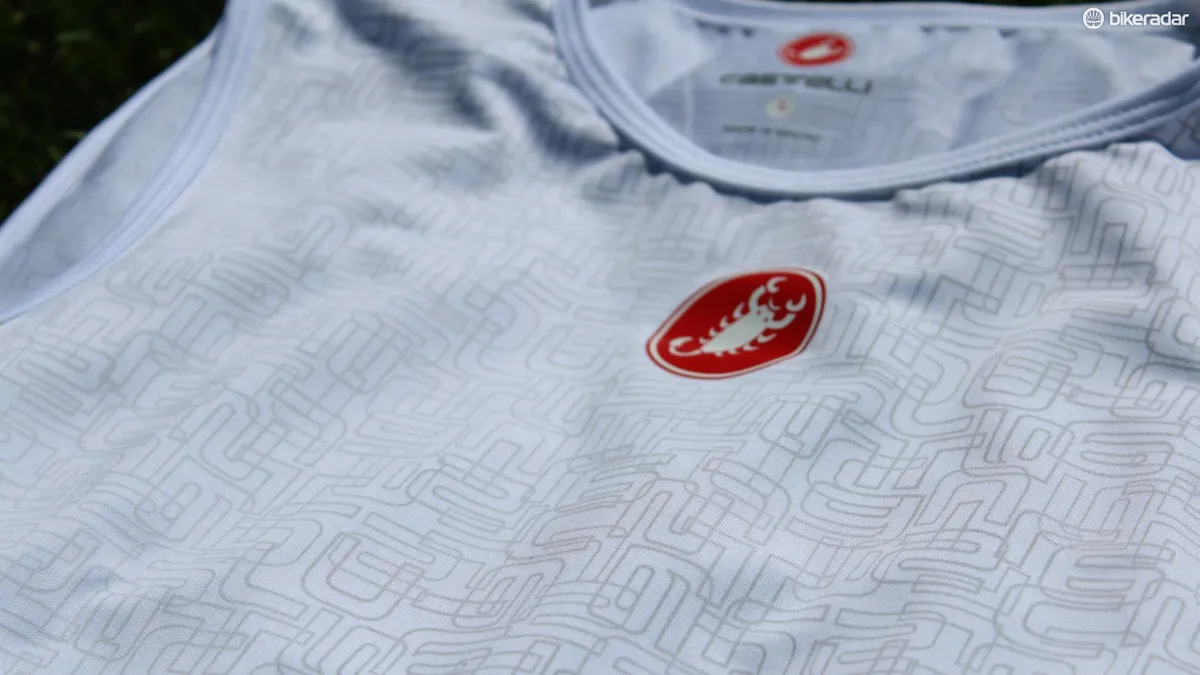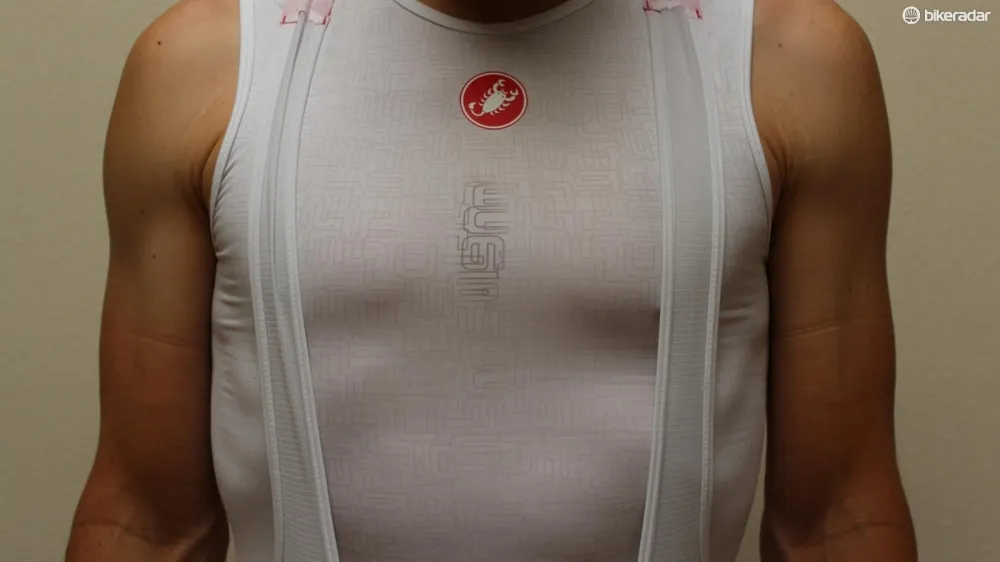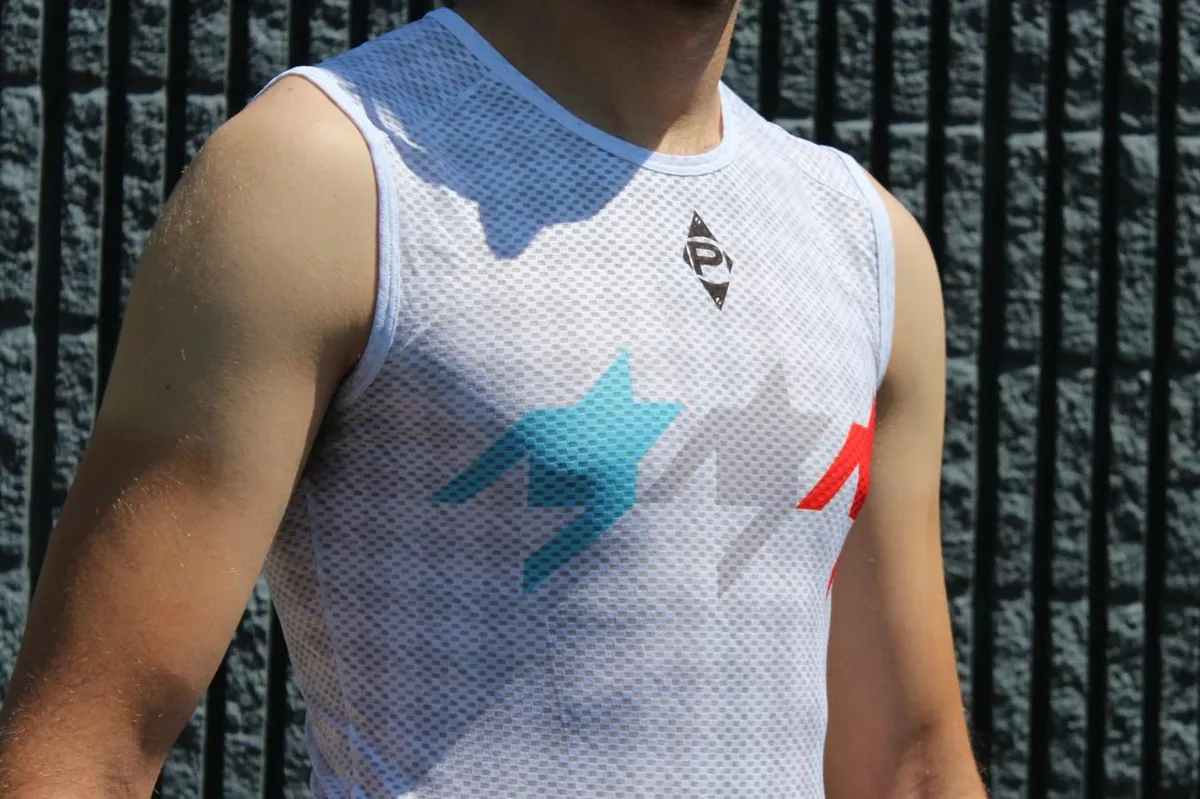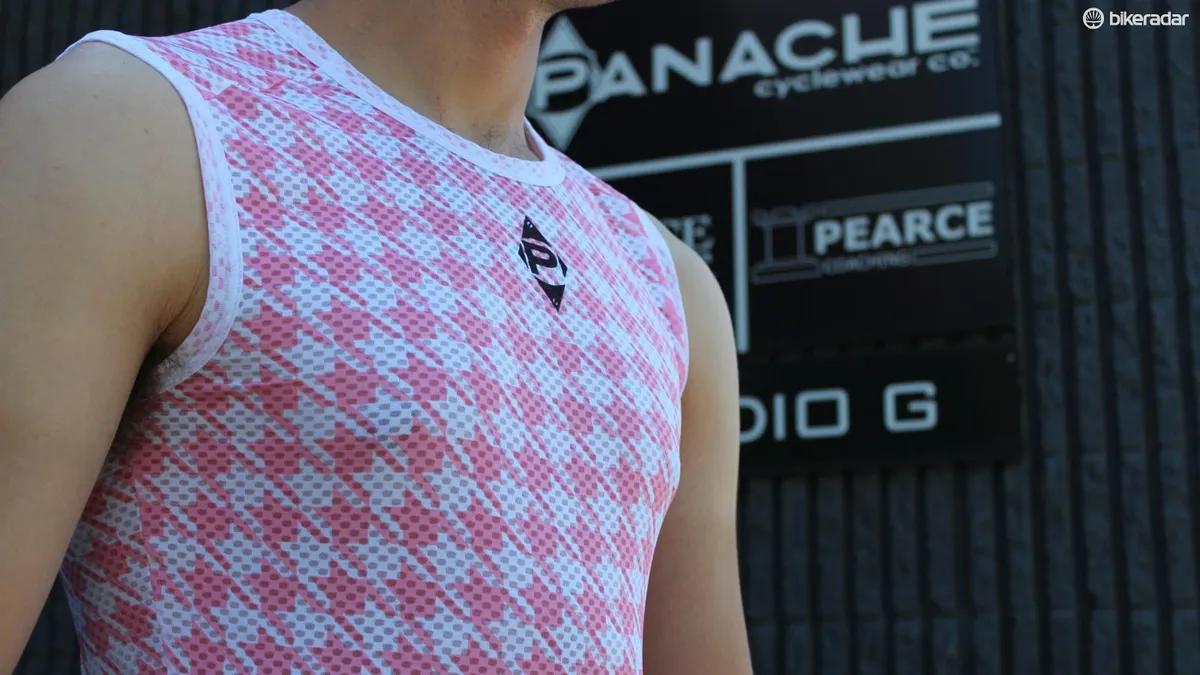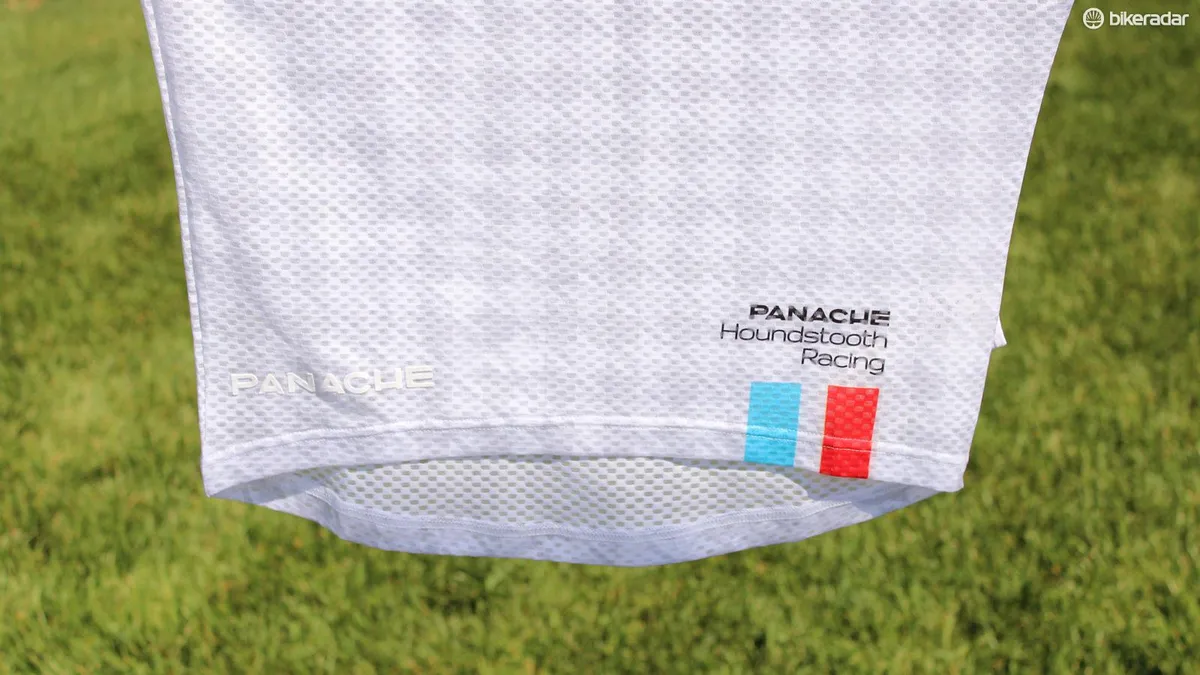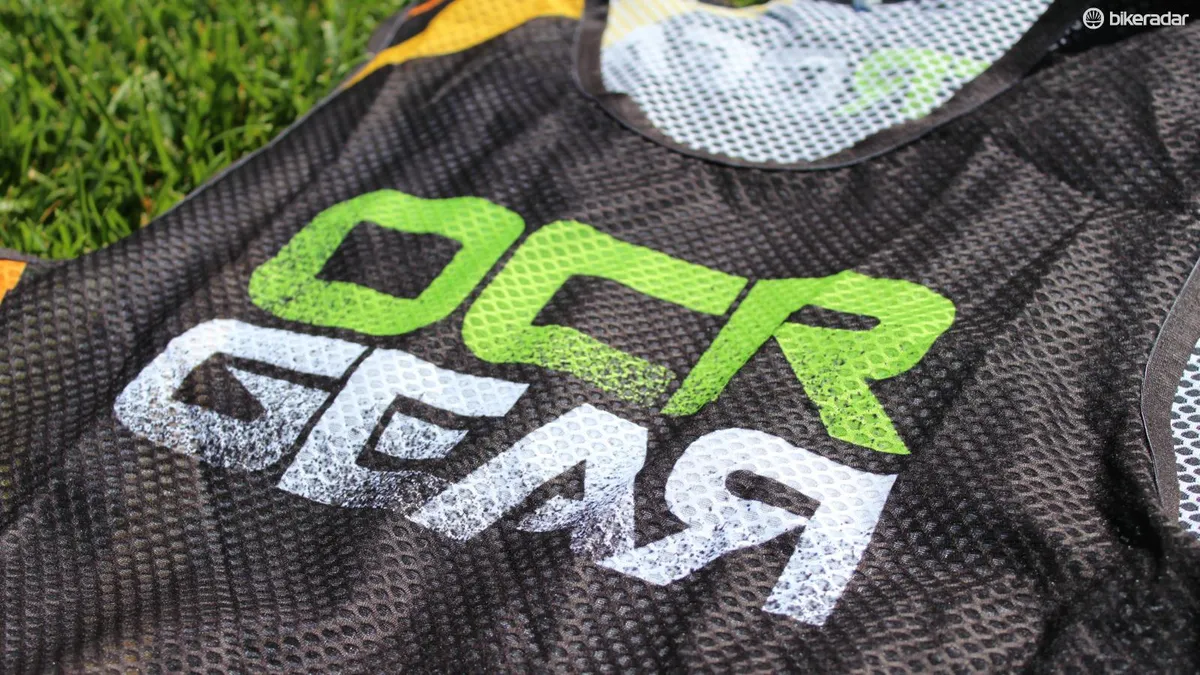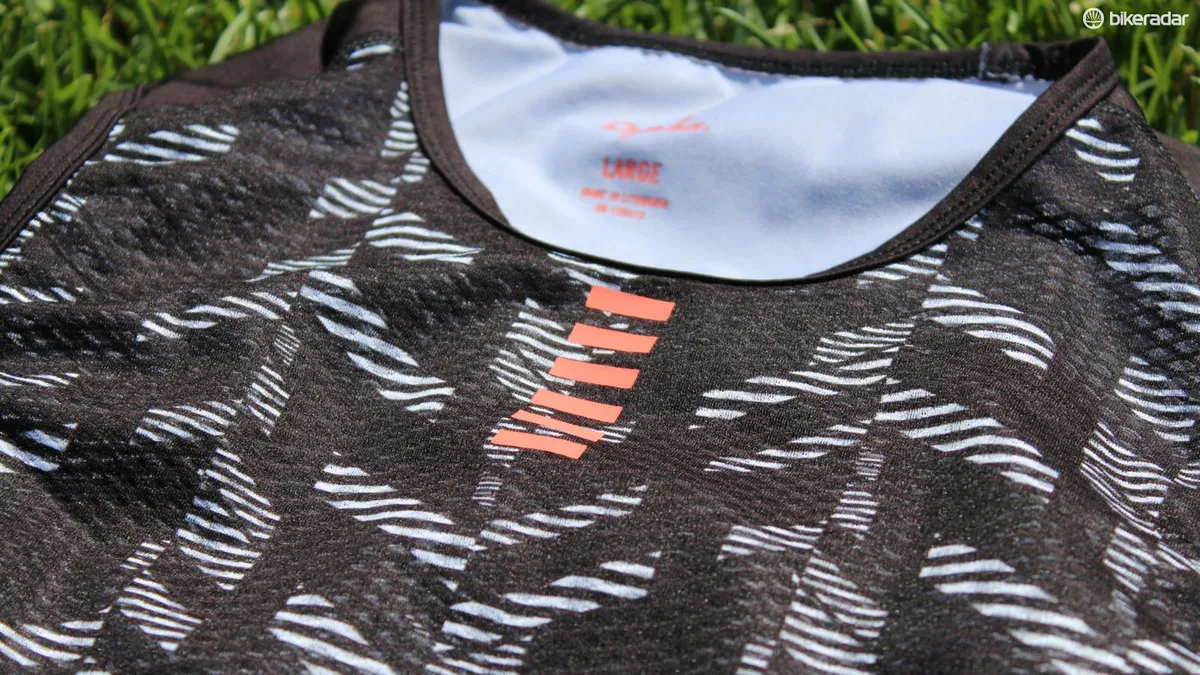For years, the lowly base layer came in a solitary style: white. Or, if you happened to find a particularly wild and exotic strain: black or gray. Today, base layer options include sublimated prints, custom designs and even a Xylitol-infused Castelli piece with a pattern that vanishes when your skin temperature rises.
Fine-tuning ink viscosities with Panache
The number of custom cycling clothing companies has skyrocketed in the last five years, with many firms offering head-to-toe sublimation pieces. The base layer, however, has been largely left out. Panache founder Don Powell says this is because printing on the thin material is tricky because of the heat and pressure involved.
"Essentially the process of sublimation involves printing on a paper. It's the same process used to print from your home or office printer, except that the ink type is special," Powell says.
"Then, the the fabric is placed over the paper and run through a machine that applies heat and pressure, like making a panini. The difference between printing a normal jersey fabric and a base layer is exactly the same. However, base layer fabric is very light — about half the weight of the jersey fabric — and has air channels in a complex mesh."
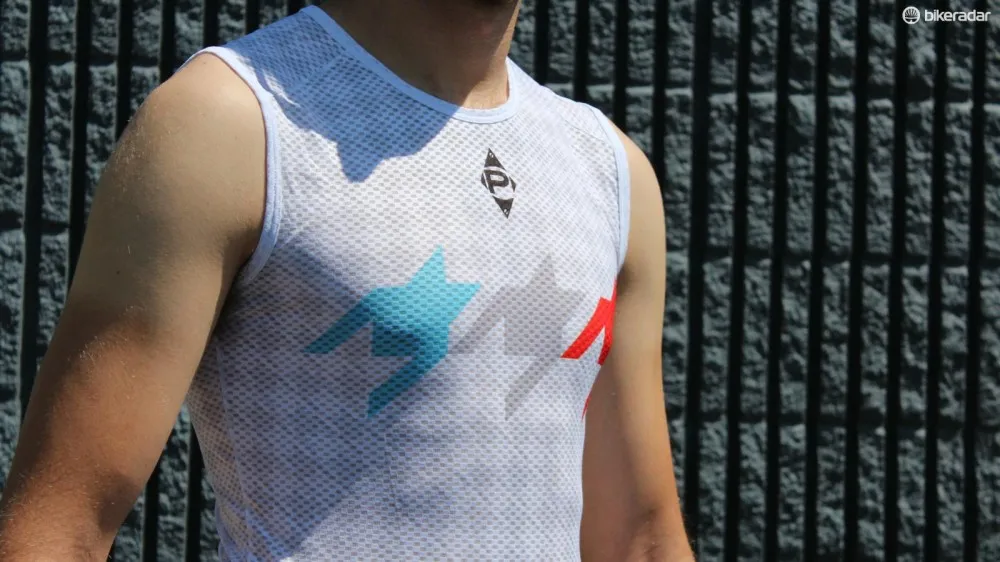
The houndstooth-on-houndstooth print doesn't affect wicking on the Panache base layer
"In the past, the pressure and heat changed these micro fibers and made a great fabric into a poor fabric for moving moisture away from the body," Powell said. "What we did at Panache to change this is that we played with the ink viscosities and heat level throughout the 45-second sublimation so that the fabric characteristics do not change, and thus keep their wicking properties. The end product is a super-pliable, soft, wicking base layer that performs great."
Panache began the process two years ago and launched the custom base layers this year.
Ten-piece minimums with Sommerville Sports
Sommerville Sports is another custom-clothing company that offers sublimated base layers in two options. Clubs and teams that order 10 pieces can have their entire garment printed with their design, or they can pick just print on a 6x8in area. In that latter option, turnaround time is about three days, says company founder David Sommerville. For such a design, Sommerville recommends putting the design on the chest, just below the Sommerville logo.
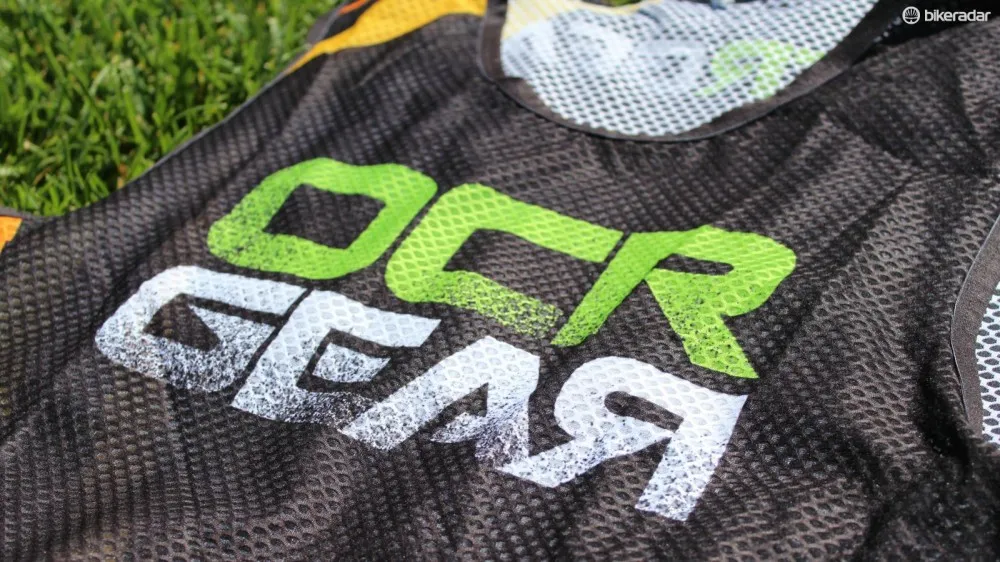
Sommerville reckons his sublimation process shows "little to no effect" on the wicking ability of the base layer. "The only limitation is the possibility of color shift due to the think porous nature of the garments," he says.
Castelli's minty fresh, heat-activated Prosecco Ice
Castelli first developed the Prosecco Ice material with arm skins for triathletes. The fabric is treated with Xylitol, a sugar alcohol, which creates the same minty feeling on the torso as it does when used in chewing gum. A few other companies such as Zoot and Sugoi have used the Xylitol-based IceFil fabric for arm skins, tech tees or jerseys.
Some companies, like Ex Officio, claim Xylitol can cool skin temperature. In any event, it is certainly something you can feel when the garment is wet from sweat or water.
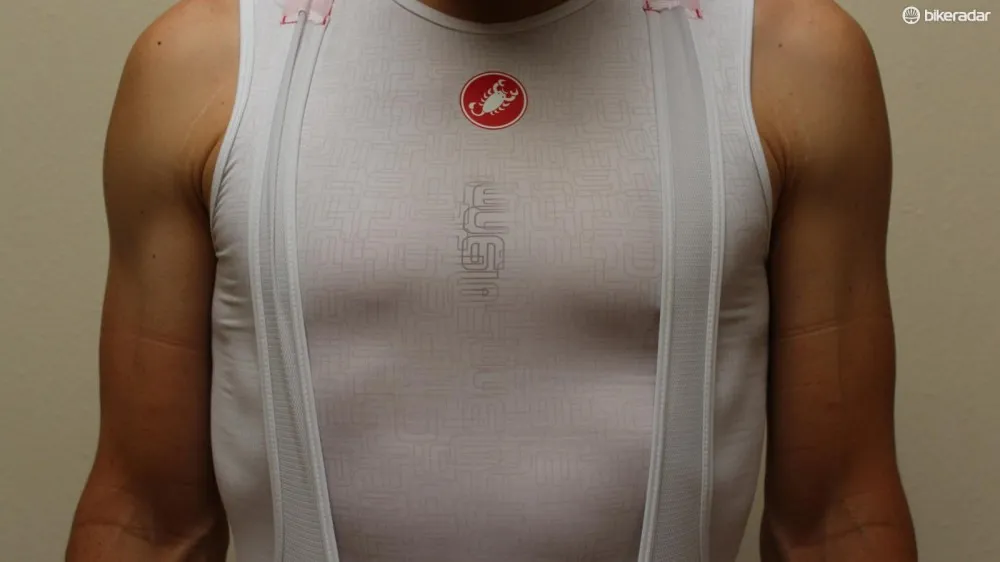
The Prosecco Ice print fades as the material heats up — and reappears when you pour cold water on it
The primary cooling action is done via evaporation, the same premise as any base layer. Castelli claims the Prosecco Ice fabric retains more moisture than other base layers to enhance evaporation's cooling effect — or at least enhance the swamp-cooler effect of wind rushing across a wet fabric.
It is here that the graphics come in; when the fabric heats up, the graphics disappear. On arm skins for triathletes, this provides a visual reminder to dump water on the sleeves to cool off; on a cycling base layer, it's just a cool visual.
